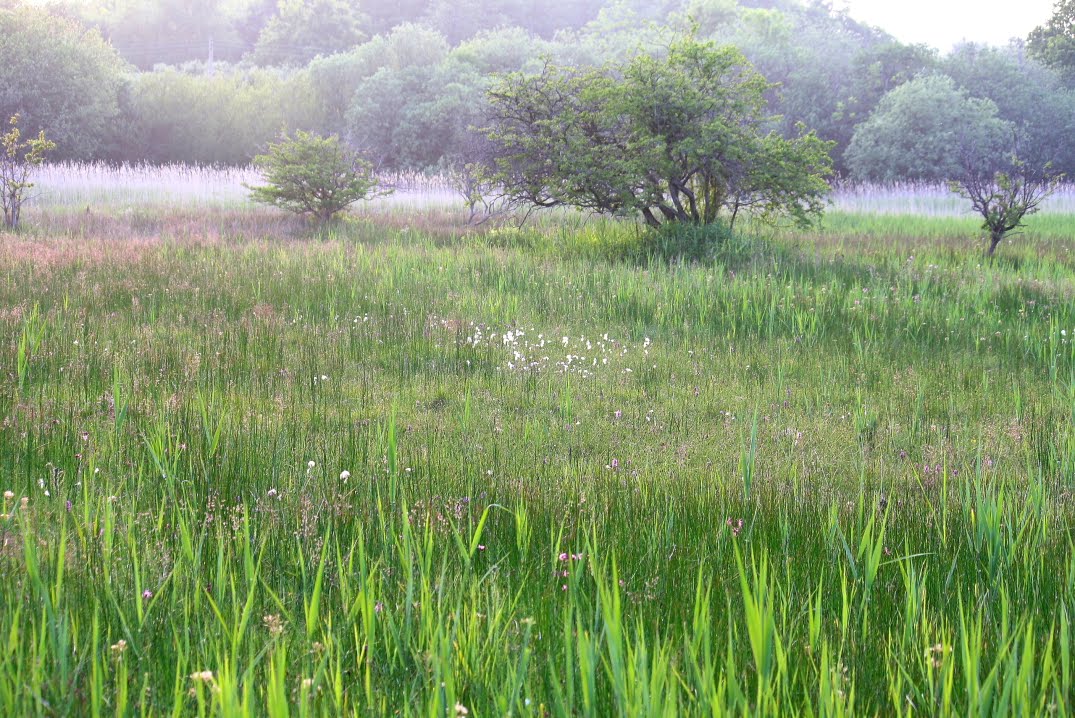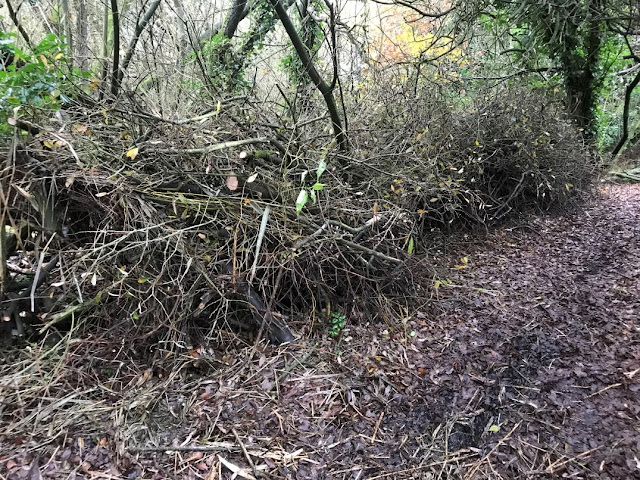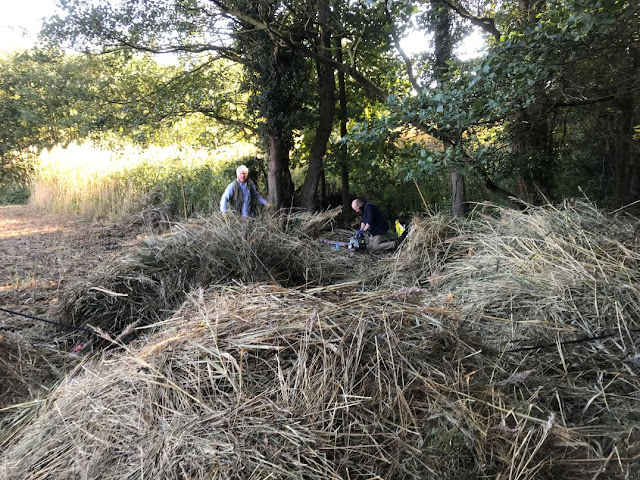Despite a life-long passion for the natural world, my understanding of ecology is, reasonably enough I’d say, limited. Ecological systems are the latest episodes of a story that’s been unfolding for several billion years, and infinitely more complicated than any of us are capable of fully understanding; messing with them is a perilous business. There’s a vitally important gathering of many of the world’s nations happening right now, as well as rather a lot of football matches elsewhere. COP15 isn’t attracting anything like as much media attention as the World Cup, or even the spate of hand-wringing over how beastly members of the Royal Family are to each other, but resolving the Biodiversity Crisis is far more important – even if you love football, or celebrity gossip. The silence on mainstream media is deafening: perhaps part of the problem is also the word, which some might find intimidatingly scientific. Call it the Nature Crisis and perhaps people might take more notice, but then again, perhaps some would think it only affects twitchers and tree-huggers, to use the lazy language of newspaper sub-editors. Life Crisis just about covers it however, for every one of us and all our co-tenants on this fabulous planet.
On a lighter note, the lapwings have been back on Whitegates
Road – this time enjoying what food was available on a newly-ploughed field.
Almost every time I go out at the moment I am likely to see at least one red
kite, but the ravens have proved more elusive for me, although I am told they
are still about, as were the whooper swans the last time I looked a couple of
days ago.
Today saw our last working party before the traditional
economic boost known as Christmas. It’s fair to say it was a chilly one, but
that didn’t deter 22 volunteers, who were rewarded by mince pies at the break,
courtesy of Kevin and Linda. Our attention has now switched to the main reedbed
– half of the area between the bench and the Beck. I suspect I wasn’t the only
one who thought this bed was less preferable to the one at home, especially
since the day before had been so very cold and foggy.
This spot gets very boggy underfoot, and combined with the heavy frost cold fingers and toes were the order of the day. Here are the heaps of reed frozen solid waiting to be moved.
It was very pretty though:
People wielding pitchforks need the relevant tools; here they are, all ready for the volunteers!
Here’s a drag sheet just after it has been turned over to empty it. Once emptied, the sheet needs to be returned to the scene for the pitchforkers to refill it, often whistling a merry tune. A Frequently Asked Question from the person who does the returning is, “Where do you want this sheet?” After this first tipping out, I asked it. Sheila’s reply was telling: “Back in the container”.
Soon we were hard at work in the morning sun.
But the intense cold soon wore off with exercise in the sunshine, and the whole thing became as enjoyable as it usually does, and excess garments were soon shed. Or was this our simple attempt at Christmas decorations?
That sunshine also warmed up the frost riming the overhanging branches at the dumping area, and warmed up frost tends to turn into cold water pretending to be rain. Team Leader Julie complained of being in amongst a lot of drips – which was fair, if deflating for anyone self-identifying as a drip.
Where we were working, and in particular dumping, was quite a tight area, with a lot of material to deal with (there had already been seven volunteer hours worked earlier in the week cutting a good supply of reeds in advance of the main session).
The constricted nature of the dumping site, combined with the bulky nature of the cut reeds, posed plenty of challenges for the crack winching team, meaning frequent changes of position and some different ways of tipping the sheets over – but it all went well. The heaps of dumped reeds grew quickly, and making best use of the limited space was important. Your dim correspondent was puzzled to hear talk of betting on someone apparently about to take part in a race: here, there and everywhere I heard about the need to “back Phil”. We don’t have a Phil in our group, which was also puzzling, until it was gently explained that this was about the need to back fill into the gaps behind recently dumped reeds. Doh!
That tight space was due in part to the trees which are encroaching into the reedbed. These need removing, and luckily we had the tools and the people for that.
Half way through the allotted two hours of the session, the half-time break arrived, as on time as a returning NASA space flight. As noted above (way above), this session being near the festive season, we had mince pies as well as chocolate biscuits. Someone might have been heard to say “My cup runneth over!” That’s because one did, literally, but fortunately no scalding injuries transpired.
Eventually the last load of the day was ready to shift; was this how the ancient Egyptians moved their pyramids?
At the end, the area looks like this, although we can’t guarantee picturesque rising mist every time you visit!
Earlier in the week, a group of five dedicated volunteers also put in a shift at The Pit, mowing the grass and tidying the verge for the winter. Before they started, the verge looked like this…
… and after their attentions, it looks like this:
Here is the Team Leaders’ message of thanks:
Thank you all for coming to this last working party of
2022. It was a very cold start but as usual clothes were quickly shed. You all
did a fantastic job in very cold and icy conditions. I hope you all have
enjoyed the contributions you have made this year as they have certainly made a
difference to the Commons. An extra thanks goes to Linda and Kevin for today's
mince pies and also to the crack team that tidied up the pit last week.
You will all be delighted to know that you now get three
weeks off due to Christmas and New Year
so we will welcome you all in 2023 on the 8th of January.
May we take this opportunity to wish you all a very Happy
Christmas and a peaceful New Year.
Julie, Kevin, John and Sue. Margaret

































.jpeg)

.jpeg)
.jpeg)


























